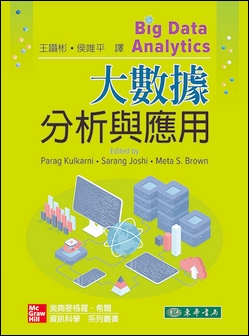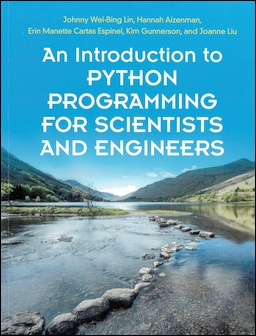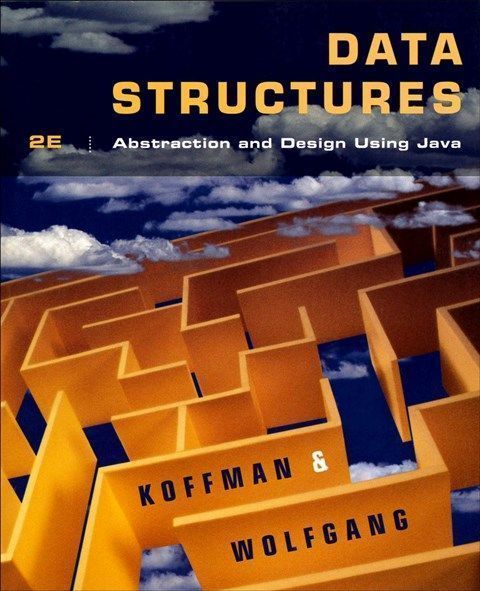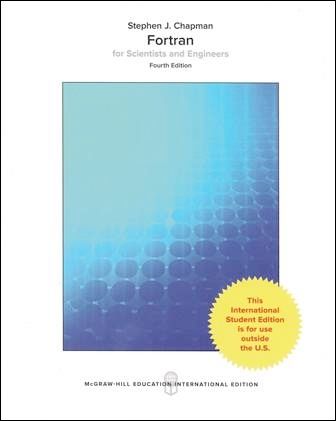書籍分類
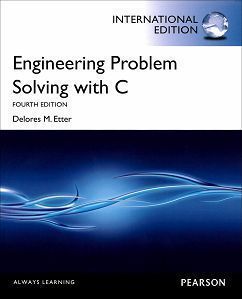
Engineering Problem Solving with C 4/e
作者:Delores M. Etter
原價:NT$ 1,150
ISBN:9780273768203
版次:4
年份:2012
出版商:Pearson Education
頁數/規格:480頁/平裝彩色
版次:4
年份:2012
出版商:Pearson Education
頁數/規格:480頁/平裝彩色
內容介紹 本書特色 目錄
- Description
In Engineering Problem Solving with C, 4e, best-selling author, Delores Etter, uses real-world engineering and scientific examples and problems throughout the text. Solutions to the problems are developed using the language C and the author's signature five-step problem solving process. Since learning any new skill requires practice at a number of different levels of difficulty, four types of exercises are presented to develop problem-solving skills - Practice! problems, Modify! problems, Short-Answer problems, and Programming problems. The author's clear and precise style creates a highly accessible and readable text for students of all levels.



